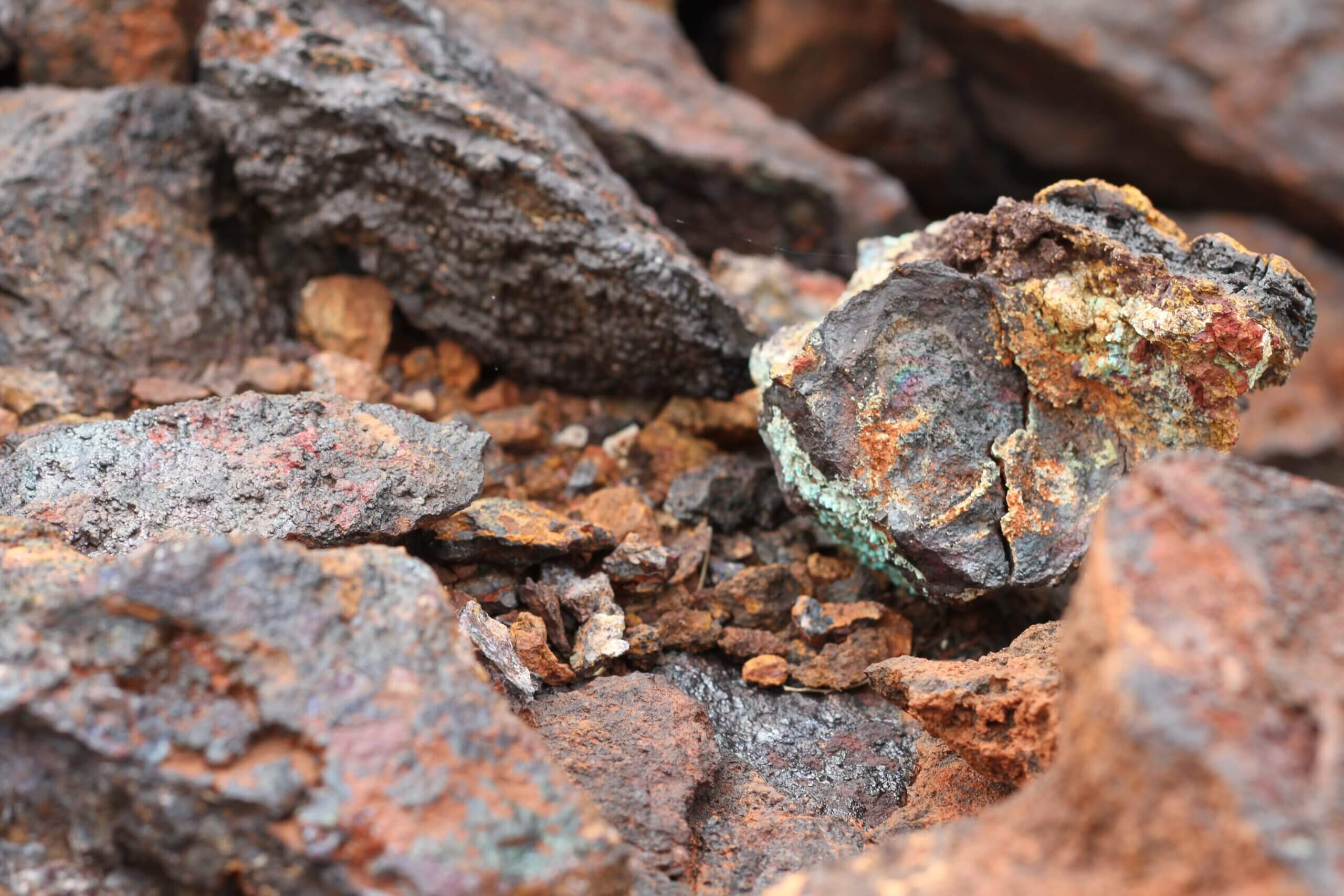For thousands of years, cobalt has been used as a blue colouring agent in pottery, glass, and ceramics.
However, in recent years, demand from high-tech sectors has surpassed traditional cobalt applications. Today, this critical metal is used in electric car batteries, energy storage systems, metal alloys, and other applications.
The battery industry, in particular, has grown to be a major source of cobalt demand. Lithium-ion battery demand, which requires cobalt, is increasing, and analysts believe that this sector will drive the cobalt market in the future. At the same time, due to human rights violations in the Democratic Republic of the Congo (DRC), where the majority of cobalt is produced, cobalt supply could become significantly constrained.
Given these considerations, many investors are wondering how to invest in cobalt. We’ve put together a brief guide on cobalt supply and demand, as well as different investment options, to assist those interested in the sector.
Cobalt investment: supply and demand
Cobalt is primarily produced as a byproduct of copper and nickel, with the Democratic Republic of the Congo supplying the majority of the world’s cobalt. The majority of DRC cobalt comes from the Central African Copper Belt, which accounts for nearly half of DRC cobalt output. In addition, the country controls nearly half of the world’s cobalt reserves.
In 2021, the DRC produced 120,000 metric tonnes of cobalt, far exceeding Russia’s 7,600 metric tonnes. The Philippines (4,500 metric tonnes) and Australia (5,600 metric tonnes) were the third and fourth largest, respectively. Cobalt is currently produced in about a dozen countries worldwide.
As previously stated, cobalt from the Democratic Republic of the Congo is coming under increased scrutiny. While cobalt is not a conflict mineral, some human rights organisations are advocating for it to be designated as such. Many cobalt operations in the Democratic Republic of the Congo are dangerous and poorly managed, and these human rights organisations believe that cobalt end users should source the metal elsewhere.
The demand for cobalt is also important to consider. It’s difficult to predict how much demand for the metal will grow in the coming years, but many experts believe it will be significant. As previously stated, the lithium-ion battery market will be a major driver of that demand, with battery production expected to increase due to an increase in electric car purchases. Lithium-ion batteries are also used in other types of electronics.
According to the consensus, these factors will push the market into deficit in the coming years. According to researchers at the Massachusetts Institute of Technology, global cobalt demand will increase to between 235,000 and 430,000 tonnes by 2030. This figure is at least 1.6 times the world’s current capacity for cobalt refining.
Because of these circumstances, many investors are interested in cobalt investing. If you want to get started, there are two main ways to invest in cobalt: cobalt futures and cobalt stocks.
Cobalt futures trade under the symbol CO on the London Metal Exchange. These futures contracts, which began trading in early 2010, are quoted in US dollars per tonne. Contracts are available for a period of 15 months, allowing investors to speculate on the metal over a variety of time frames.

